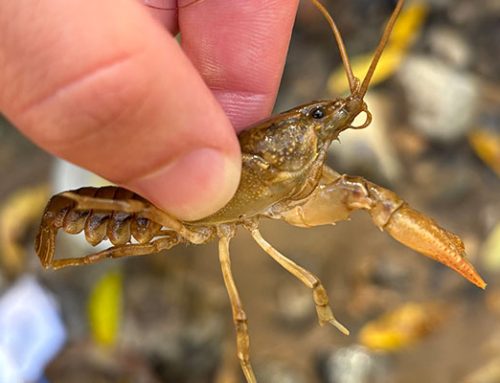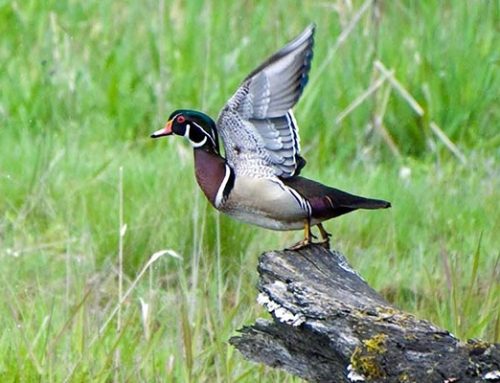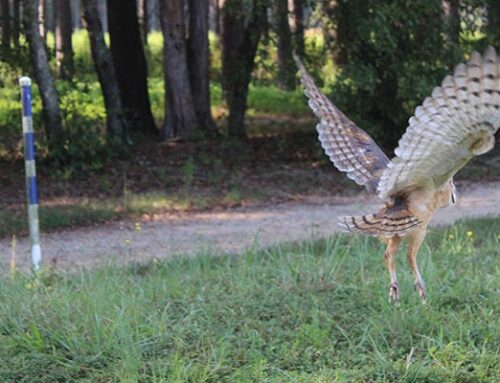Japanese Honeysuckles’ Battle for the Top Spot
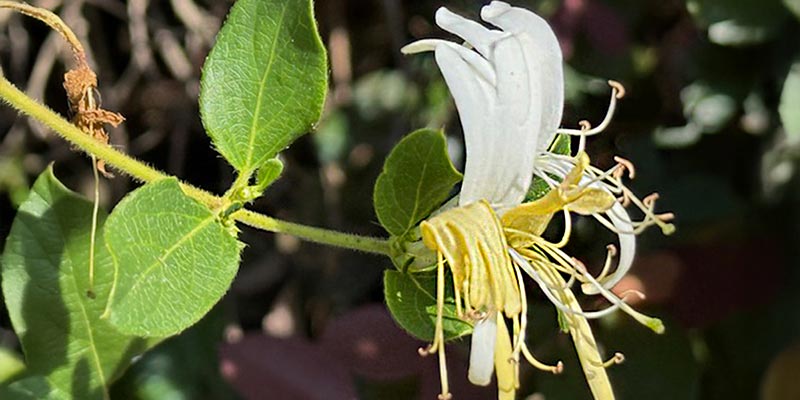
The militant Japanese Honeysuckle (Lonicera japonica) is a formidable competitor, in a relentless battle against South Carolina’s state flower, Yellow Jessamine (Gelsemium sempervirens). May the best vine win…but only with our help!
Japanese Honeysuckle outcompetes Yellow Jessamine, also known as Carolina Jessamine, when they grow together. Both plants can act as climbing vines or ground cover and prefer moist but well drained soil. However, Yellow Jessamine makes favorable contributions to the environment and provides pollinators with an early source of nectar, while Japanese Honeysuckle has a negative impact on the survival of native vegetation because it blocks sunlight and monopolizes soil resources. Unfortunately, Japanese Honeysuckle has adapted to a variety of soil types, full sun and shade, and has an aggressive aptitude for smothering plants
It’s important to try and minimize Japanese Honeysuckle and to nurture and preserve Yellow Jessamine if we want to protect the environment and encourage biodiversity. The problem is that they often grow side by side or intertwined and are difficult to separate. Sometimes you must get a hold of one vine and follow it back to its root. Then you can cut and treat the root of the Japanese Honeysuckle, killing it without harming the Yellow Jessamine.
“L. japonica was introduced to Long Island, New York in 1862 for ornamental purposes. It is originally from eastern Asia but has been cultivated in the U.S, for aesthetic reasons, erosion control and wildlife forage. This ornamental vine is still widely available in the horticulture trade , even though it has invaded all of the eastern United States (as far west as Texas) and caused considerable damage to native ecosystems”. 1
When in bloom, it’s easy to distinguish between the two. The Yellow Jessamine’s funnel- shaped yellow flower appears from late winter to early spring. The flower of the Japanese Honeysuckle comes a little later in the spring to early summer and starts off white, turning yellow and is a distinct combination of petals and tubes.
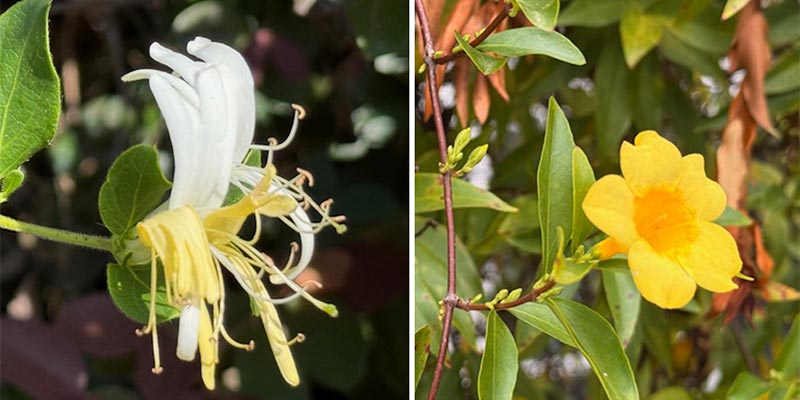
The Japanese Honeysuckle and the Yellow Jessamine
Without flowers, it can be harder to tell the vines apart because both grow their leaves in an opposite pattern. Yellow Jessamine’s leaves are more pointed and a darker green, often speckled with tiny dark spots. The vine is darker, thinner, and much stronger than Japanese Honeysuckle, making it more difficult to pull from the ground. The more oval shaped leaves of the Japanese Honeysuckle are brighter green, come on a lighter brown vine, and are easy to pull from the ground, especially when it’s wet.
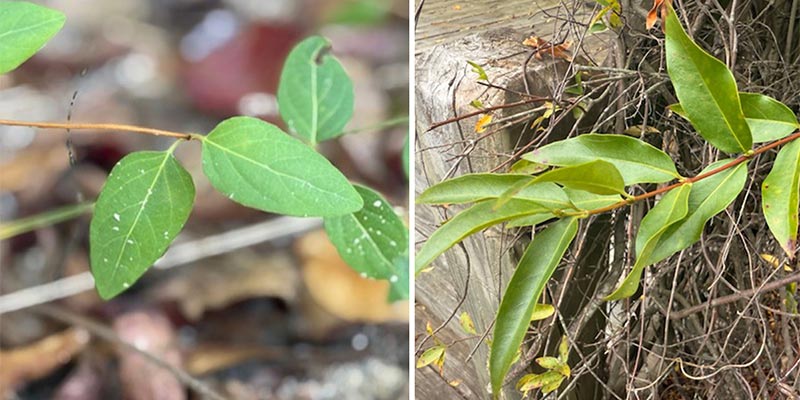
Honeysuckle Leaves / Yellow Jessamine Leaves
One important point to note, is that the leaves on the Japanese Honeysuckle can be variable and sometimes difficult to identify. Usually oval-shaped with smooth margins but sometimes lobed, possibly in younger plants, and sometimes serrated. This characteristic paired with its competitiveness, contributes to Japanese Honeysuckle gaining dominance. Not only is the Yellow Jessamine being snuffed out, but so are many other native plants that are often mistaken for Japanese Honeysuckle, like Cross Vine (Bignonia capreolata) and Coral Honeysuckle (Lonicera sempervirens).
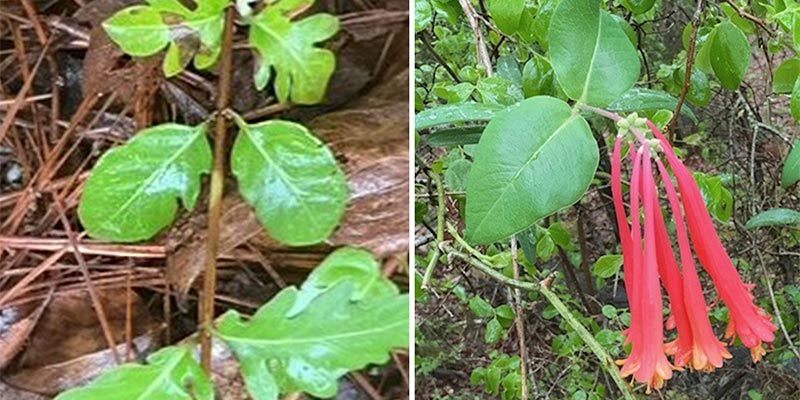
Japanese Honeysuckle w/ lobed leaves / Coral Honeysuckle
Why the ongoing fight?
“Japanese Honeysuckle is an aggressive invasive woody vine that climbs, suffocates, and strangles other plants. Vines can grow 80-120 ft. Deciduous in colder climates; evergreen in moderate to warmer areas… (spread) by seed, which are eaten and dispersed by birds and small mammals. Vines also reproduce vegetatively via underground shoots (rhizomes), sprouts from the root crown, and aboveground runners that root at the nodes and can grow more than 10 ft/year”. 2
In the ever-changing world in which we live, the question of RIGHT and WRONG seems an impossible query. On one hand, we could let the cards fall where they may. What grows, will grow, and the rest shall go away. After all, does it really matter that the planet is evolving into a vastly different place from which it once was. Maybe we should just accept change for what it is. OR – Do we cherish what we have, recognize nature for what it has given us to get us to this point, and value all of nature’s creatures. Perhaps a question we need to ask ourselves is: Are non-native vines threatening a stable ecosystem?
Sounds like harsh words, right? Maybe so, but there are places where these plants can flourish and support their environment without doing harm to others. We can appreciate them for what they are but recognize their differences. Not everyone is designed to play basketball, yet the world needs basketball players.
Sometimes the things that are most worth saving just need a little help. If you’re routing for Yellow Jessamine, like we are – you can protect it by planting it and helping it defeat its toughest opponent, the Japanese Honeysuckle.
Because like all things in life, nothing is 100 percent perfect – it is important to know that Yellow Jessamine, however essential to biodiversity, is poisonous to humans and most animals. So, don’t eat it!
1 Japanese Honeysuckle: A “Dirty Dozen” Plant, 2021, Sarah Coffey, lewisginter.org
2 Invasive Plant Fact Sheet: Japanese Honeysuckle, Victoria Wallace/Alyssa Siegel- Miles/Klaudia Sowizral, UCONN

